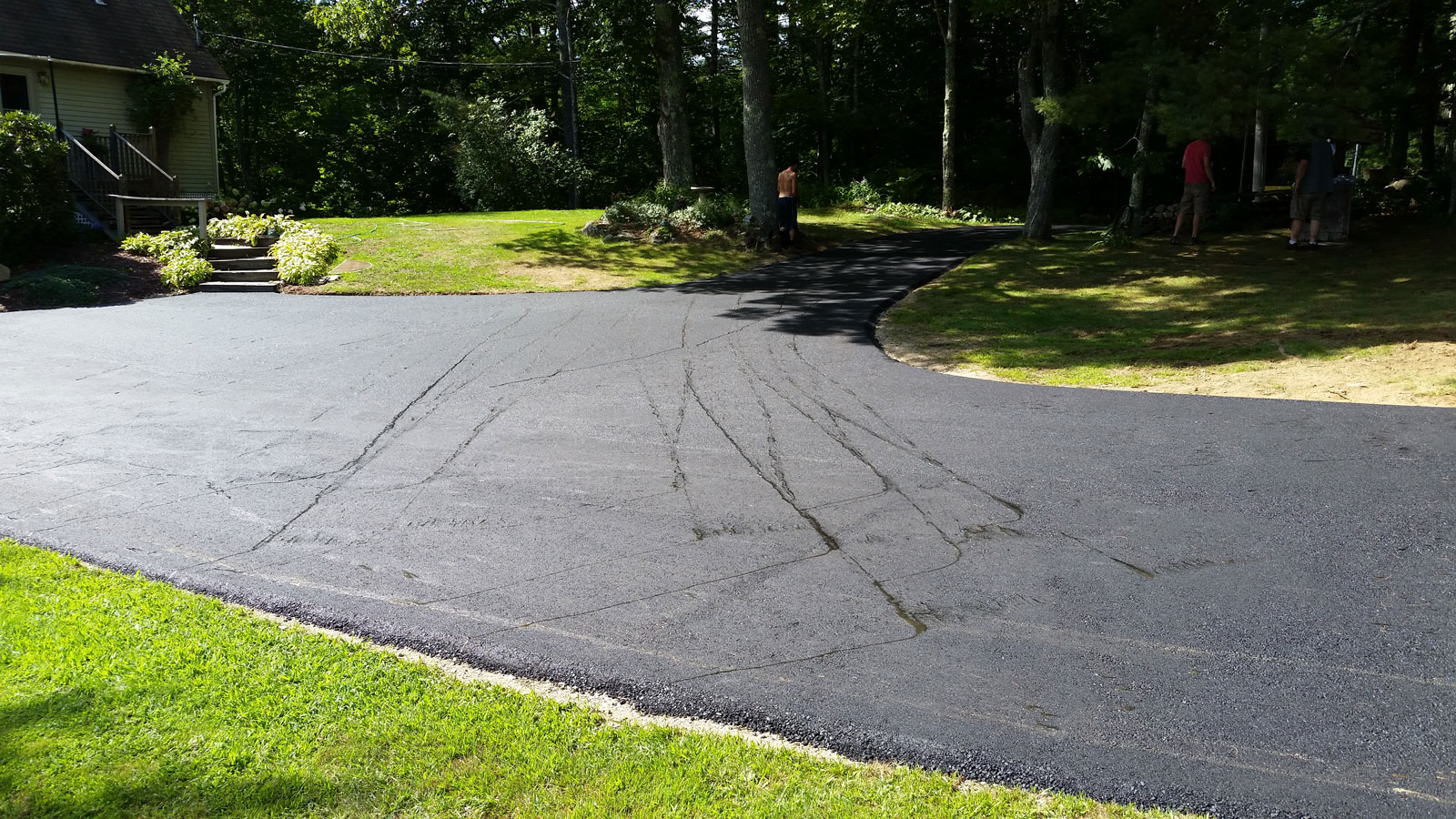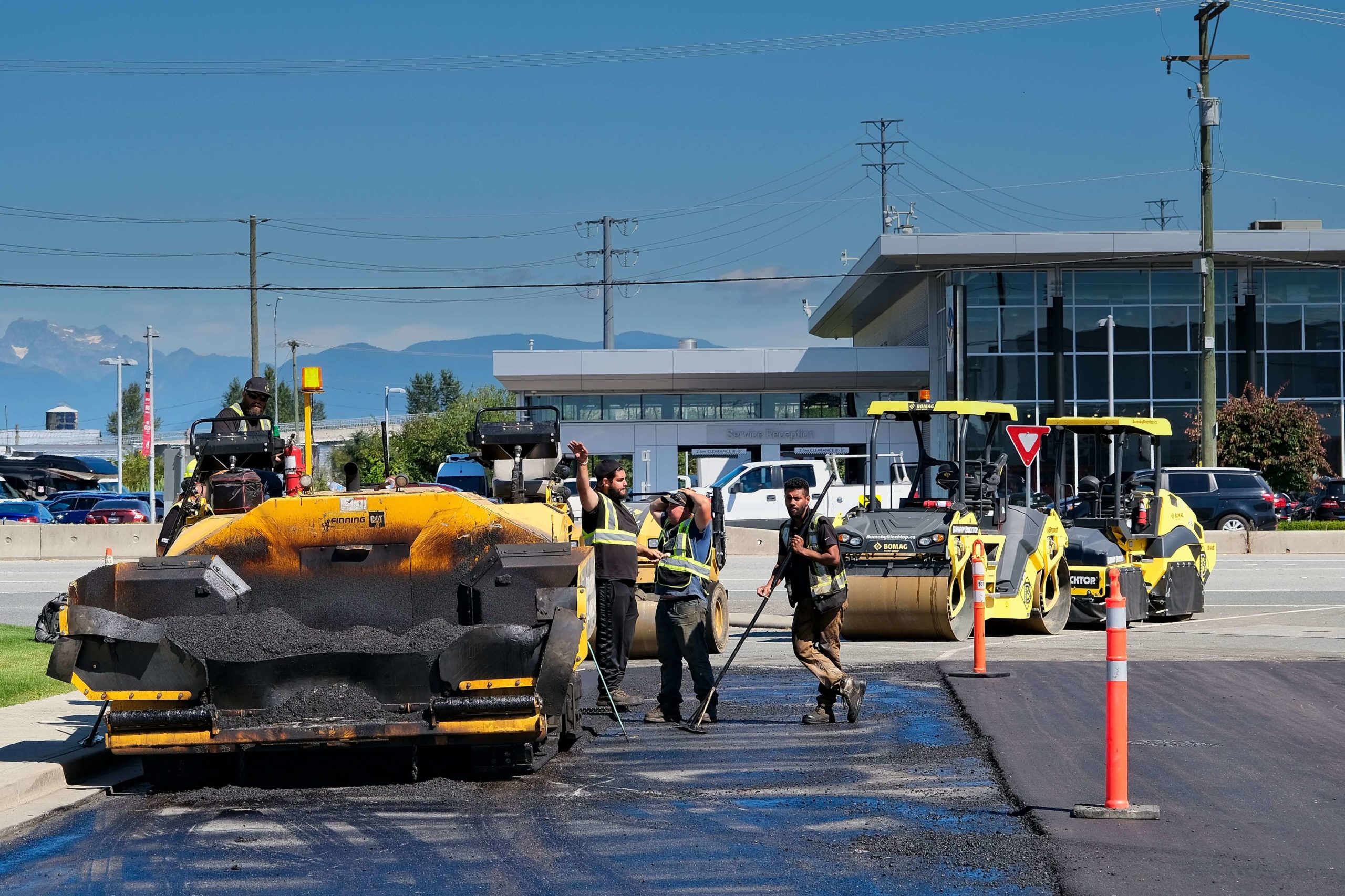Raise Pavement Efficiency: Cold Mix Asphalt Sealing Techniques
Raise Pavement Efficiency: Cold Mix Asphalt Sealing Techniques
Blog Article
Cold Mix Asphalt Vs. Hot Mix Asphalt: Which Is Right for You?

Composition Differences
Cold mix asphalt is created by emulsifying the asphalt binder with water and an emulsifying representative before blending it with accumulation. The warm mix asphalt manufacturing procedure involves heating the accumulation and asphalt binder independently before integrating them at the asphalt plant.
Additionally, cool mix asphalt tends to be less dense and more flexible than hot mix asphalt. This flexibility makes it much better fit for areas with higher levels of motion, such as driveways or roadways with hefty web traffic. In comparison, hot mix asphalt is recognized for its high durability and resistance to rutting and breaking, making it a recommended option for freeways and high-traffic roadways where durability is important.
Installation Refine Variances
The procedure of setting up cool mix and hot mix asphalt shows noteworthy differences in their demands and procedures. In comparison, hot mix asphalt demands a more sophisticated installation process. Due to the heating needs, hot mix asphalt setups are generally brought out by specialists with specialized devices, making certain an extra structurally audio and irreversible outcome.
Resilience and Longevity Aspects
When taking into consideration asphalt choices, toughness and longevity are important elements to evaluate for long-term pavement efficiency. Warm mix asphalt (HMA) is understood for its remarkable durability and long life.
In regards to long life, HMA normally outshines CMA because of its premium stamina and resistance buildings. HMA pavements have a longer life span, calling for less constant repair services and maintenance, which can convert to cost financial savings over time. Furthermore, HMA sidewalks are much more quickly personalized to fulfill particular project requirements, better improving their toughness.
Price Factors To Consider
Considering the economic implications is a critical facet when reviewing the choice in between warm mix asphalt (HMA) and Read More Here cold mix asphalt (CMA) for pavement tasks. While the initial expense of warm mix asphalt is generally more than that of chilly mix asphalt, HMA frequently provides a much more affordable solution in the long run because of its premium resilience and long life. HMA is known for its ability to endure rush hour loads and harsh weather, minimizing the requirement for frequent fixings and maintenance. On the other hand, cold mix asphalt is a lot more budget-friendly ahead of time yet might call for more frequent patching and resurfacing, resulting in higher maintenance costs with time.
In addition to material prices, it's essential to consider the expenditures like this connected with installation and upkeep when comparing HMA and CMA. HMA normally calls for customized devices and proficient labor for proper installation, which can influence general project prices. Conversely, CMA is simpler to collaborate with and can usually be applied using easier methods, potentially decreasing setup expenses. Ultimately, the decision between HMA and CMA should take into consideration not just the first expense but also the long-lasting economic ramifications to identify one of the most cost-effective alternative for the certain sidewalk job.
Environmental Effect Comparison
Contrast of the environmental impacts in between warm mix asphalt (HMA) and chilly mix asphalt (CMA) discloses unique differences in sustainability practices. HMA production calls for high temperatures, leading to enhanced energy usage and greenhouse gas exhausts.
In addition, the use of CMA typically involves reusing existing asphalt sidewalk, promoting source conservation and decreasing the amount of waste sent out to garbage dumps. By opting for CMA over HMA, roadway building tasks can add favorably to environmental preservation initiatives.
Final Thought
In final thought, the option in between cool mix asphalt (CMA) and hot mix asphalt (HMA) depends upon different elements such as make-up, our website setup process, longevity, durability, cost, and ecological effect. asphalt patch repair. While CMA offers a economical and quick remedy for small repair work, HMA makes sure superior toughness and durability for hefty website traffic locations. Consider these elements meticulously to identify which kind of asphalt is the appropriate choice for your paving needs

Considering the monetary ramifications is a critical element when examining the selection in between warm mix asphalt (HMA) and chilly mix asphalt (CMA) for sidewalk jobs. While the preliminary expense of hot mix asphalt is usually higher than that of cold mix asphalt, HMA commonly provides a more economical service in the long run due to its superior longevity and durability. asphalt repair.Comparison of the environmental effects in between warm mix asphalt (HMA) and chilly mix asphalt (CMA) discloses distinct differences in sustainability practices.In conclusion, the option in between cold mix asphalt (CMA) and hot mix asphalt (HMA) depends on different aspects such as make-up, installation process, longevity, long life, price, and ecological influence
Report this page